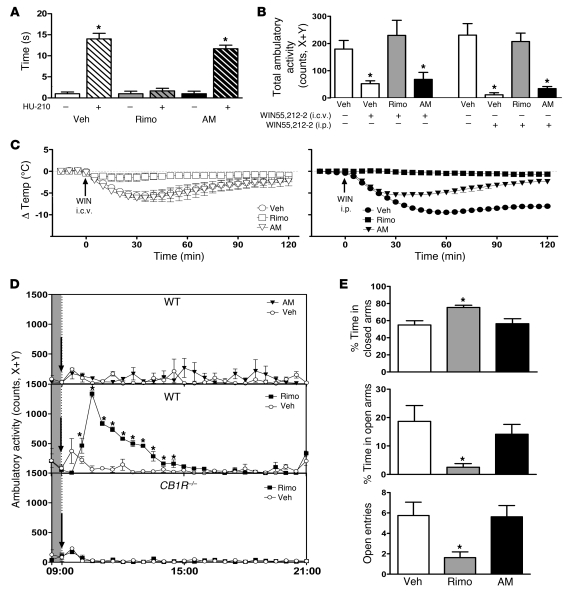Figure 2. Behavioral activity profile of AM6545 and rimonabant.
(A) Rimonabant, but not AM6545, inhibits HU-210–induced catalepsy, as measured by the bar assay. The antagonists (10 mg/kg, i.p.) were given 15 minutes prior to the i.p. injection of 30 μg/kg HU-210. Data represent mean ± SEM from 5 mice per group. *P < 0.001 relative to corresponding value in the absence of HU-210. (B) Rimonabant, but not AM6545, blocks hypomotility induced by WIN55,212-2 administered i.c.v. (30 μg) or i.p. (10 mg/kg), as measured by disruption of infrared xy beams. Data represent mean ± SEM from 6–8 mice per group. *P < 0.009 relative to corresponding vehicle (Veh) value. (C) Rimonabant (10 mg/kg, i.p.) blocks the hypothermic response to WIN55,212-2 administered either i.c.v. (30 μg, left panel) or i.p. (10 mg/kg, right panel), whereas AM6545 (10 mg/kg, i.p.) does not affect the centrally induced response and partially inhibits the peripherally induced hypothermic response to WIN55,212-2. Data represent mean ± SEM from 4–8 mice per group. Where error bars are absent, they are within the symbol. (D) Rimonabant, but not AM6545, increases ambulatory activity. Disruption of infrared xy beams following administration of AM6545 (top) or rimonabant (middle) in wild-type mice or rimonabant in CB1R–/– mice (10 mg/kg, i.p. each, bottom). Data represent mean ± SEM from 4–6 mice per group. *P < 0.01 relative to corresponding vehicle value. (E) Rimonabant, but not AM6545 (each at 10 mg/kg, i.p.), has an anxiogenic effect in the EPM. Data represent mean ± SEM from 8 mice per group. *P < 0.03 relative to vehicle.

